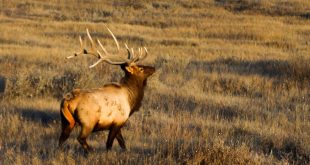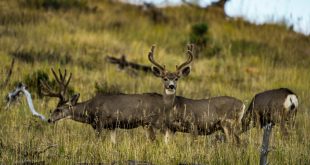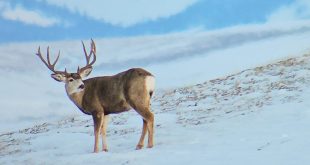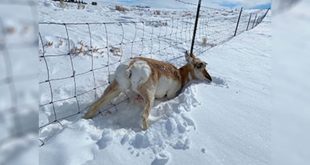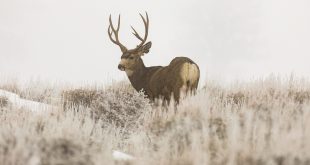
Migration has long been a theme that mule deer hunters across Wyoming have wanted to understand. In 2020 Eastmans’ launched a video shed light on the trek that Western Wyoming’s mule deer take. Now new research focused on Central Wyoming mule deer has started to make its way to the forefront.
This data shows that the mule deer in Central Wyoming don’t migrate based on interactions with hunters. Rather forage and weather were the two key factors that triggered mule deer migrations.
One piece of data that will come as no surprise to the hunters reading this blog is that mule deer bucks look for two things when it comes to preserving their lives during hunting season. The first noted in the study is that they look for seclusion/cover, and the second is they look for areas as from vehicle access as possible. In terms of how this affects hunters, keep the boots tight – you will be walking to find the bucks!\
Another piece of the equation that hunters need to be aware of is that bucks take completely different migratory patterns than does. Does travel in areas that are going to cause as little stress as possible to their fawns. Bucks, on the other hand, will use harsh terrain to their advantage to stay secluded. What does this mean for the hunter? If you are seeing a lot of does it probably means that you are hunting in the wrong areas.
The final piece of the equation that many hunters have probably wondered is, do our hunting seasons trigger migration? The study found that hunter pressure had very little do with migration, rather the bucks simply went to their secluded holes to hide from the pressure.
For more on the study conducted in central Wyoming, you can read about it HERE, and read an interview on the study here.
Sources:
- https://wildlife.onlinelibrary.wiley.com/doi/abs/10.1002/jwmg.21988
- https://wildlife.org/jwm-hunting-didnt-alter-wyoming-mule-deer-migration-timing/?fbclid=IwAR21OtcJamajBXidrYO0Sona4MDT246Ot_J0RPJ4av74TT-oB94a5Xcdb2g
 Eastmans' Official Blog | Mule Deer, Antelope, Elk Hunting and Bowhunting Magazine | Eastmans' Hunting Journals
Eastmans' Official Blog | Mule Deer, Antelope, Elk Hunting and Bowhunting Magazine | Eastmans' Hunting Journals
